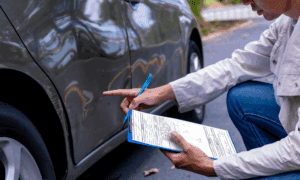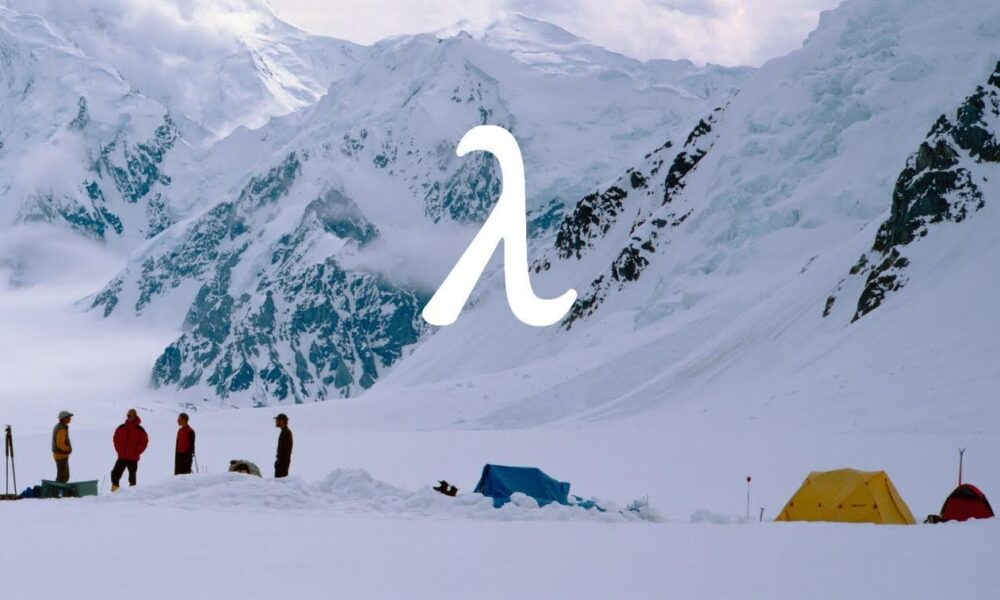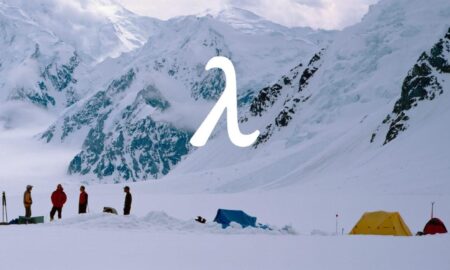Underground drainage is installed below the ground to transport foul drainage to a sewage treatment plant or rainwater to a soakaway or watercourse.
Most modern underground drainage systems are made from PVC (short for Polyvinyl Chloride), which is a lightweight yet strong material that’s easy to install.
Underground drainage pipes and fittings are easy to spot as they are brown or terracotta orange in colour, whereas soil pipes installed above the ground are usually black, grey or white.
Smooth on the inside, PVC pipes promote a better flow rate than traditional materials – such as clay or concrete – allowing waste water to flow with ease.
In this blog, we’ll talk you through the process of installing underground drainage, following the basic drainage design principle that all points in the system must be accessible for testing, inspecting and cleaning.
What fittings are required for underground drainage systems?
Plastic underground drainage pipes come in 3m and 6m lengths as standard and include a socket on the end, allowing multiple pipes to be joined together without the need for extra couplers or joiners.
Although there are several types of fittings available, some of the most common include:
Pipe bends – these fittings come in a choice of degrees and can be used to change the direction of the pipe run. Some are supplied with a single socket on one end and a spigot on the other, whilst others have two sockets. Adjustable bends are also available – perfect for awkward angles and ensuring pipe runs are perfectly aligned to the existing system.
Pipe couplers – sometimes referred to as joiners or connectors, couplers connect two pipe lengths by the plain end of the pipe. While single socket options are ideal for adapting to a solvent system, slip couplings are for slipping over a pipe when repairing or replacing a section of a broken pipe.
Pipe junctions – these underground drainage pipe fittings allow the pipe run to be split into two different runs or to join two runs into one. They usually include T-junctions which provide a 90-degree turn and Y-junctions which provide a 45-degree turn. Junctions are supplied with two or three sockets (double or triple sockets).
Bottle gullies – these are an important component in underground drainage installations. They have a grill on top that accepts a rainwater downpipe or waste pipes and a built-in trap that stops foul odours from escaping sewage waste.
Drainage hoppers – similar to a drainage gully, hoppers provide an entry point for downpipes and waste pipes into the underground drainage system – preventing surface water pooling. The only difference is that they don’t have a trap built-in to prevent smells and gases.
P traps – these traps are usually installed outside a property with hoppers to contain foul smells and gases and prevent odours from escaping into the environment from the sewer system.
Rodding eyes – a rodding eye is an access pipe with a square or oval removable cover. When the cover is removed, it allows blockages to be cleared by passing a rod through it and enables you to keep your drain pipes clean.
How do you cut and join underground drain pipes?
PVC pipes can be cut with a standard, fine-toothed saw, but it may leave the end of the pipe sharp.
To ensure a smooth edge, chamfer the pipe end using a medium file or rasp and remove any swarf, dirt or grit.
The chamfered end and the ring seal of the fitting will need to be lubricated. Then, ensuring the pipe is square to the fitting, push the pipe into the socket and withdraw 10mm to allow for expansion or ground movement.
Is there a specific way to lay underground pipes?
Underground drainage is typically laid in a trench on a bed of pea shingle or granular material no larger than 10mm.
The trench needs to be 300mm wider than the pipe itself (i.e. 410mm wide for 110mm pipes or 460mm wide for 160mm pipes).
When burying an underground drainage pipe, it must be at least 300mm deep – otherwise, you could end up damaging the pipe when compacting the soil over the top.
You can use the soil that you dug up as a side fill and backfill to ensure the pipe is encased in the trench, but it will need to be screened for large stones or rocks first.
What is the correct fall for underground drainage?
Underground drainage systems are to be installed on a slope or have a fall to move waste and sewage water along the pipe.
Most systems will require a 1 in 40 fall – meaning that, for every 40 measurements of pipe length, it will fall by one measurement.
If the flow rate is higher, the fall may be decreased, but the local authority will be able to guide and advise you on the appropriate fall for your underground drainage installation.
Where to buy underground drainage pipes and fittings?
At Cotterill Civils, we have over 30 years experience with underground drainage applications.
Not only do we stock an extensive range of 110mm and 160mm pipes and fittings, but we can also assist you in choosing the most suitable products for your requirements.
All our underground drainage supplies are manufactured to an exceptionally high standard and can be purchased for a competitive price.





























